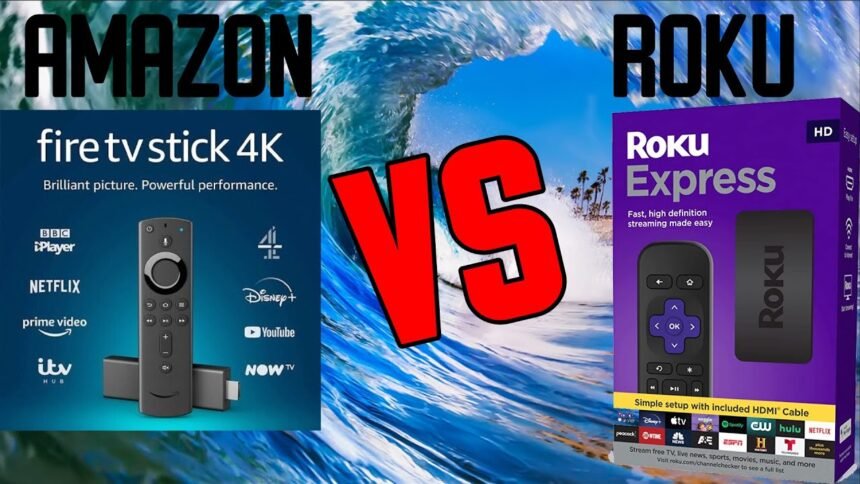In the ever-evolving landscape of streaming media, two of the most popular devices for accessing content on your television are the Roku and Amazon Fire TV Stick.
Both offer a wide range of features and services, but each has its own strengths and weaknesses.
In this comprehensive comparison, we’ll explore the key differences between Roku and Amazon Fire TV Stick to help you determine which device is the best fit for your streaming needs.
Introduction to Streaming Devices
Streaming devices have revolutionized the way we consume entertainment content, allowing us to access a vast array of movies, TV shows, music, and more, right from the comfort of our living rooms.
Roku and Amazon Fire TV Stick are among the leading options in this space, offering users an intuitive interface, access to popular streaming services, and additional features like voice control and gaming capabilities.
Let’s dive deeper into the comparison:
Roku: A Pioneer in Streaming Devices
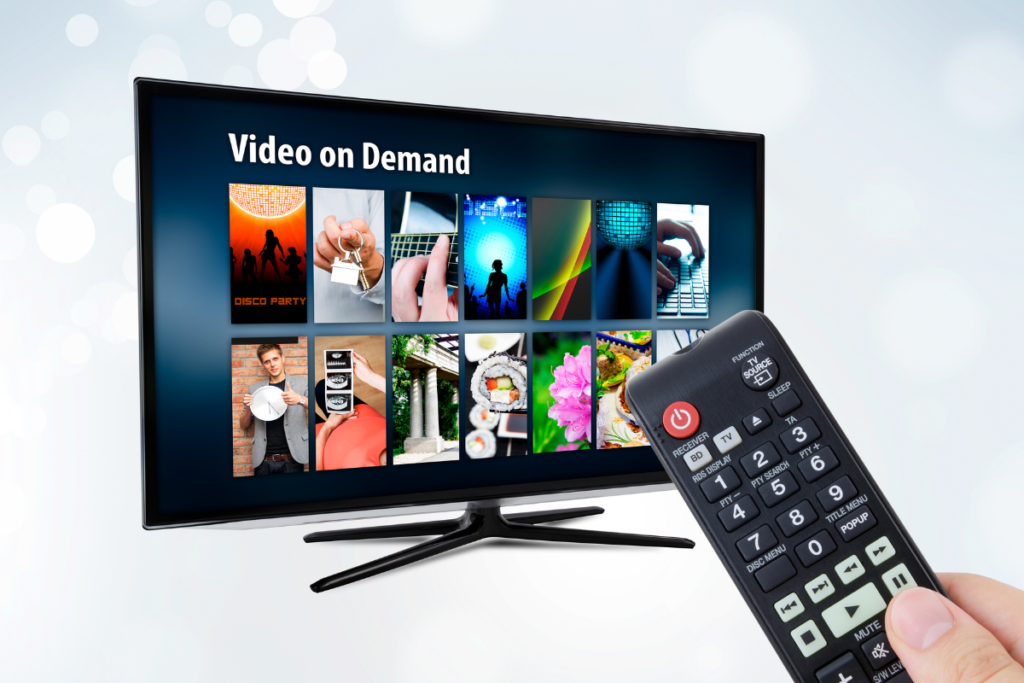
Roku has been a trailblazer in the streaming device market since its inception in 2008.
The company offers a range of devices, from budget-friendly options to high-end models with 4K streaming capabilities.
Roku devices are known for their user-friendly interface, extensive channel selection, and cross-platform compatibility.
With Roku, users can access popular streaming services like Netflix, Hulu, Amazon Prime Video, and more, all in one place.
Amazon Fire TV Stick: A Robust Ecosystem
Amazon Fire TV Stick is part of Amazon’s broader ecosystem of devices and services, which includes Prime Video, Alexa voice assistant, and more.
The Fire TV Stick offers a seamless streaming experience with access to a wide range of content, including movies, TV shows, and live TV channels.
With features like Alexa voice control and support for 4K streaming, the Fire TV Stick has become a popular choice for consumers looking to enhance their home entertainment setup.
Hardware Comparison
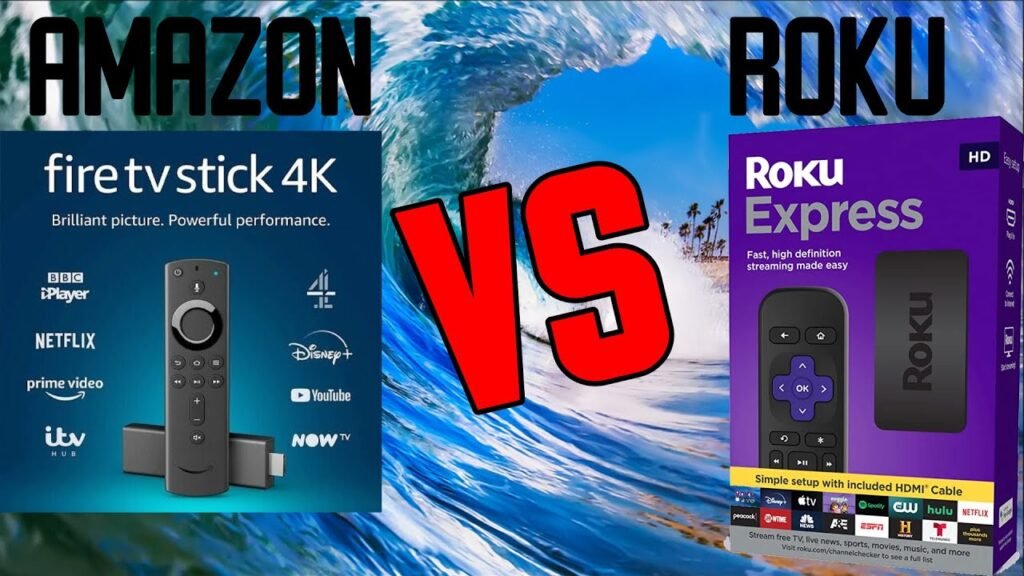
When comparing Roku and Amazon Fire TV Stick, it’s essential to consider the hardware specifications of each device, as this can impact performance and user experience.
Roku Hardware
Roku offers a variety of streaming devices to suit different needs and budgets.
The Roku Express is the most basic model, offering HD streaming and a simple remote control.
The Roku Streaming Stick+ and Roku Ultra, on the other hand, offer 4K streaming, HDR support, and advanced features like voice control and headphone jack for private listening.
Amazon Fire TV Stick Hardware
Similarly, Amazon offers multiple versions of its Fire TV Stick, including the standard Fire TV Stick, Fire TV Stick 4K, and Fire TV Cube.
The Fire TV Stick 4K boasts 4K streaming, HDR support, and a faster processor compared to the standard Fire TV Stick.
The Fire TV Cube takes things a step further with built-in Alexa voice control and hands-free operation.
Interface and User Experience

Both Roku and Amazon Fire TV Stick offer intuitive user interfaces designed to make navigating content quick and easy.
However, there are some differences in terms of layout, customization options, and additional features.
Roku Interface
Roku’s interface is simple and straightforward, with a grid-style layout that displays your installed channels and apps.
Users can customize their home screen by rearranging channels, adding shortcuts, and choosing from a variety of themes.
Roku’s universal search feature allows users to search for content across multiple streaming services, making it easy to find what you’re looking for.
Amazon Fire TV Stick Interface
The Fire TV Stick interface is more visually dynamic, with a carousel-style layout that highlights recently accessed content and recommendations.
Amazon’s X-Ray feature provides additional information about movies and TV shows, including cast details, trivia, and related content.
Fire TV Stick also integrates seamlessly with Amazon’s ecosystem, allowing users to access Prime Video, music, and shopping directly from the device.
Content Selection and Channels
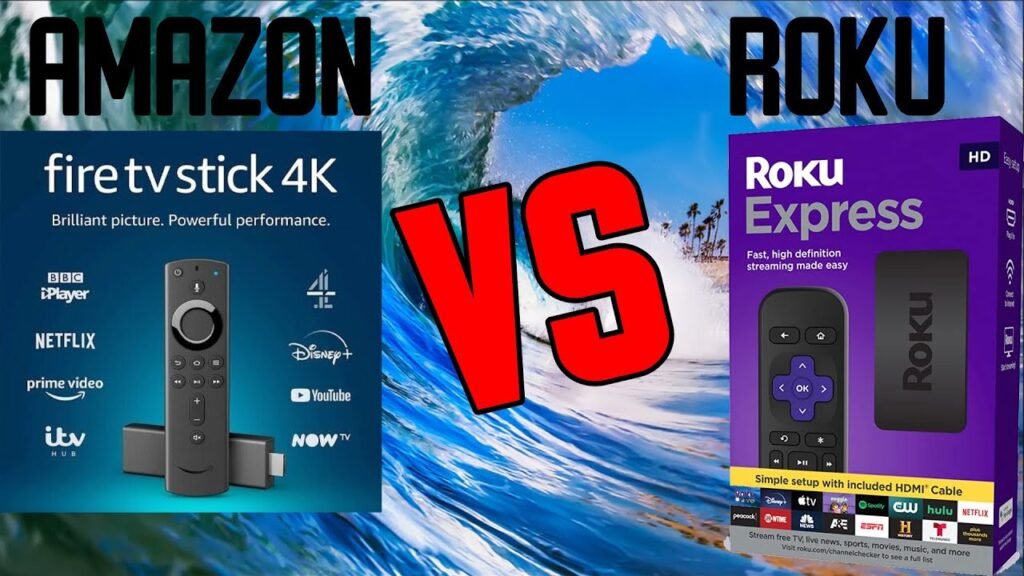
Both Roku and Amazon Fire TV Stick offer access to a wide range of streaming services, including popular options like Netflix, Hulu, Disney+, and HBO Max. However, there are some differences in terms of channel selection and availability.
Roku Content Selection
Roku boasts one of the largest selections of channels and apps available on any streaming device, with over 500,000 movies and TV episodes to choose from.
In addition to popular streaming services, Roku offers a variety of niche channels and international content options.
Roku also features a curated selection of free, ad-supported channels, making it easy to find something to watch without a subscription.
Amazon Fire TV Stick Content Selection
While Amazon Fire TV Stick may not have as many channels as Roku, it still offers access to most major streaming services and popular apps.
Prime Video is seamlessly integrated into the Fire TV Stick interface, providing access to thousands of movies and TV shows, including original content exclusive to Amazon Prime members.
Fire TV Stick also offers access to live TV channels through services like Hulu + Live TV and Sling TV.
Performance and Speed
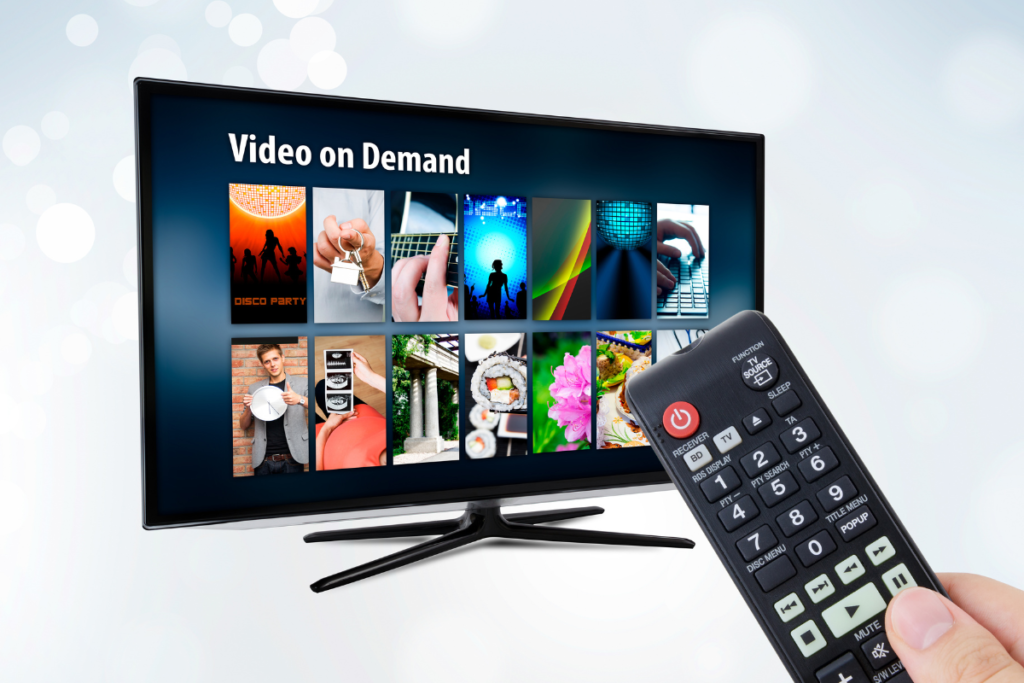
The performance and speed of a streaming device can significantly impact the user experience, especially when it comes to streaming high-definition content and navigating menus and interfaces.
Roku Performance
Roku devices are known for their fast and responsive performance, with smooth navigation and quick loading times.
Even budget-friendly models like the Roku Express offer reliable performance for streaming HD content, while higher-end models like the Roku Ultra provide seamless 4K streaming and HDR support.
Amazon Fire TV Stick Performance
Similarly, Amazon Fire TV Stick offers fast and reliable performance, with smooth navigation and minimal buffering.
The Fire TV Stick 4K and Fire TV Cube feature more powerful processors and improved Wi-Fi connectivity, resulting in even faster performance and smoother streaming of 4K content.
Additional Features and Integration
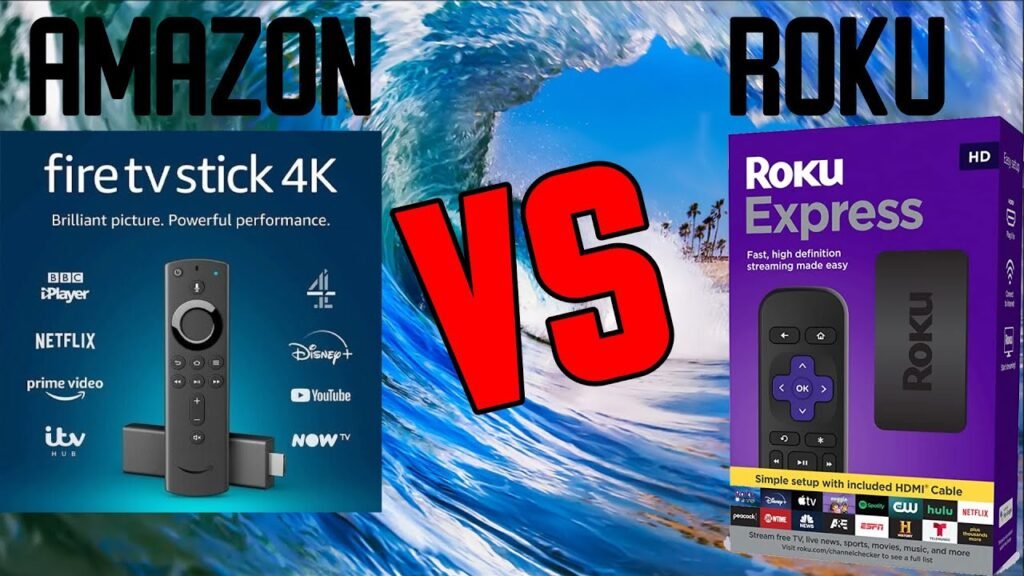
Both Roku and Amazon Fire TV Stick offer additional features and integration with other devices and services, enhancing the overall user experience.
Roku Additional Features
Roku devices support a variety of additional features, including voice control, screen mirroring, and the ability to control your TV’s volume and power with the Roku remote.
Roku also offers a mobile app that allows users to control their device, stream content from their phone to their TV, and use their phone as a remote control.
Amazon Fire TV Stick Additional Features
Amazon Fire TV Stick integrates seamlessly with Amazon’s ecosystem of devices and services, including Alexa voice control and smart home integration.
With Alexa voice control, users can search for content, control playback, and even control smart home devices using voice commands.
Fire TV Stick also offers a wide range of apps and games, including popular streaming services, music apps, and casual games.
Pricing and Value

When comparing Roku and Amazon Fire TV Stick, it’s essential to consider the pricing and value proposition of each device, as this can vary depending on your budget and streaming needs.
Roku Pricing
Roku offers a range of devices at different price points, making it easy to find a device that fits your budget.
The Roku Express is the most affordable option, priced at around $30, while the Roku Ultra is the most expensive, priced at around $100.
Roku also offers a variety of streaming bundles and special offers, including free trials and discounts on subscription services.
Amazon Fire TV Stick Pricing
Similarly, Amazon Fire TV Stick is available at different price points to suit different budgets.
The standard Fire TV Stick is priced at around $40, while the Fire TV Stick 4K and Fire TV Cube are priced at around $50 and $120, respectively.
Amazon also offers special deals and promotions on Fire TV Stick devices, including bundle offers with Prime memberships and discounts on streaming services.
Conclusion: Choosing the Best Streaming Device for You
In conclusion, both Roku and Amazon Fire TV Stick offer a wide range of features and services, making them popular choices for streaming content on your TV.
When choosing between the two, it’s essential to consider factors such as hardware specifications, interface and user experience, content selection, performance and speed, additional features and integration, pricing, and value proposition.
If you prioritize a vast selection of channels and apps, customizable interface, and cross-platform compatibility, Roku may be the best choice for you.
On the other hand, if you’re already invested in Amazon’s ecosystem of devices and services, value features like Alexa voice control and smart home integration, and prefer seamless integration with Prime Video and other Amazon services, then the Amazon Fire TV Stick may be the better option.
Ultimately, the best streaming device for you will depend on your individual preferences, budget, and streaming needs.
Both Roku and Amazon Fire TV Stick offer excellent options for accessing a wide range of content, so you can’t go wrong with either choice.
Consider your priorities and make an informed decision to ensure you get the most out of your streaming experience.

